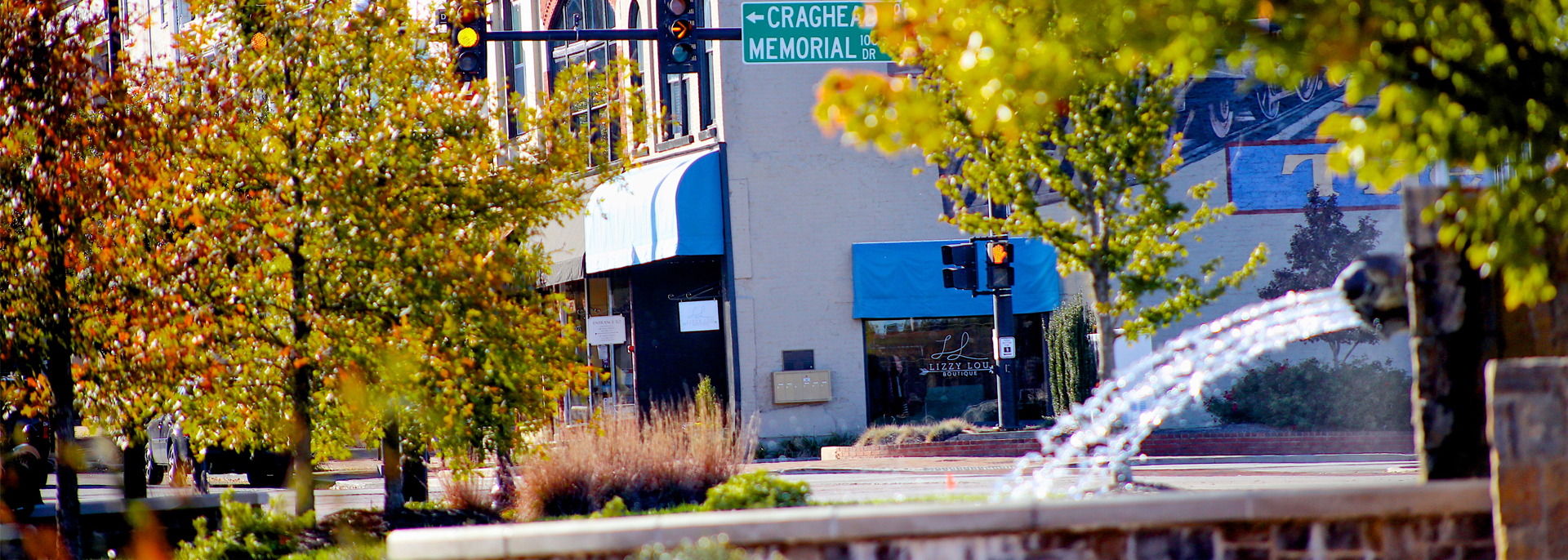

Post-Pandemic Recovery - Harvey Schmitt
A Note from DRF: A question we find ourselves asking right now is what communities will look like and how they will operate in a post-pandemic world. As restrictions are lifted, we may freely move about more but some businesses, organizations and those in the workforce will still struggle to recover for some time to come. DRF asked our friend Ted Abernathy with Economic Leadership LLC to curate some thoughts on the subject from leaders across the United States to help us think about what’s next.
For me there are obvious trends that will survive post pandemic:
- More online shopping
- More use of masks during flu season
- Greater attention to pandemic risk and response by the government
- More remote working options (staggered attendance or complete WFH)
- More remote health interaction between patient and doctor
- A continuance of curbside services but likely to depreciate once customer anxiety is reduced. Though some may want to continue regardless. Process of “pick-up” is being made more efficient through better apps.
- Since many folks have spent more time outdoors, I think that trend will hold post pandemic.
- Some streamlining of the federal drug approval process
- Less congestion for a period of time as some of the remote elements of the economy place less drag on roads.
The pandemic will also have specific impacts on commerce. Let me say at the outset...as much as possible people will want to re-engage socially. So church, hospitality/travel industry (restaurants, entertainment, hotels, convention centers), the airlines will bounce back as people become more comfortable with control of COVID-19. So mixed use locations and projects will return to vogue.
- I think some companies in highly congested metro areas will be open to relocating to less intensely populated communities.
- Smaller retail footprints coupled with more robust online delivery. Visit a store to gain an idea of what is available and ordering it for delivery online. I think this was already coming, but now will be accentuated. This will mean tough times for some malls.
- Smaller office footprints, if WFH options prevail. Exurban and rural communities may be able to package their workforce for remote support to companies in urban centers. This would require organizing and cataloguing manpower and shopping it to potential buyers. Perhaps this is something that can be done in cooperation with the community college system.
- I believe brick and mortar higher education will remain viable, though some hybrid models might gain traction. Some school from home and some in person.
- More stateside manufacturing of mission critical items. The supply chain will be carefully examined.
- To quote the Fed Chair less women in the workplace. Many will choose to stay home.
- More automation...so a faster process of job loss.